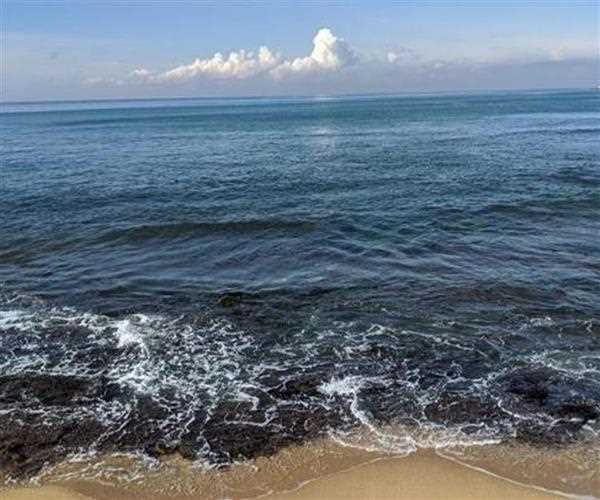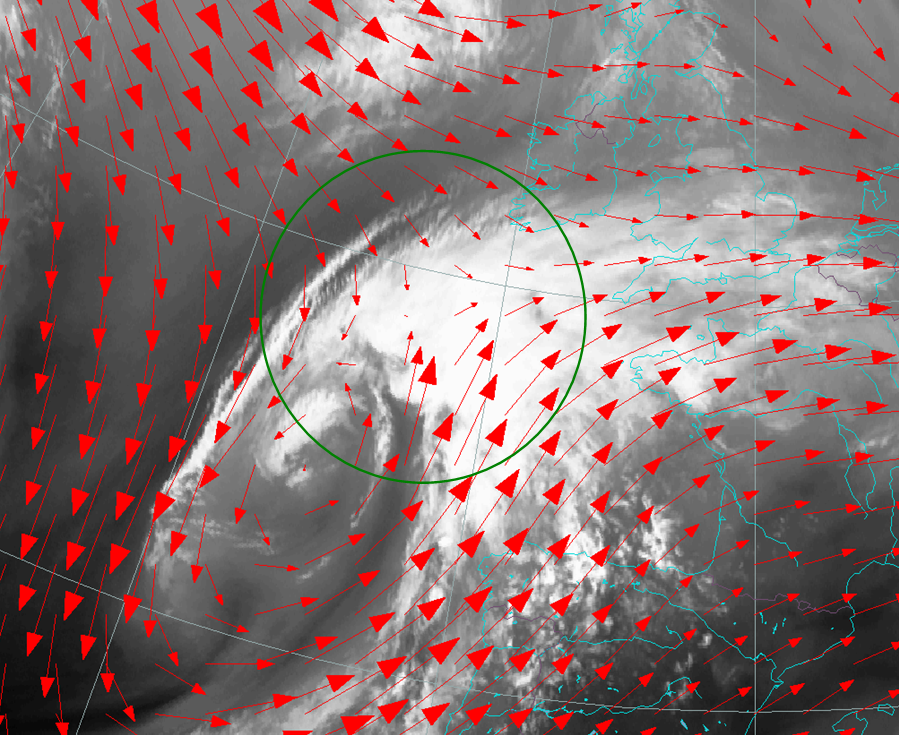Search here

08-Jul-2023 , Updated on 7/8/2023 8:49:59 AM
Indian ocean has giant gravity hole that is unknown to the world
Highlights
- There is a giant "gravity hole" in the Indian Ocean that was previously unknown to the world.
- This gravity anomaly was discovered through data collected by a satellite mission called
GOCE (Gravity Field and Steady-State Ocean Circulation Explorer).
- The gravity hole is located in a region known as the Indian Ocean Geoid Low (IOGL).
- The IOGL is a vast area in the central Indian Ocean where gravity is significantly weaker compared to the surrounding areas.
- The size of the gravity hole is estimated to be about 2,000 kilometers (1,200 miles) wide.
- The anomaly is caused by variations in the density and distribution of mass beneath the ocean floor.
- The exact cause of the gravity hole is still being studied, but it is believed to be related to the presence of ancient tectonic plates and volcanic activity in the region.
- The discovery of this gravity anomaly has provided scientists with valuable insights into the geology and geodynamics of the Indian Ocean.
Understanding the gravity hole could have implications for various fields such as plate tectonics, oceanography, and the study of
Earth's interior.
The Indian Ocean, a vast body of water that stretches between Africa, Asia, and Australia, has long captivated the curiosity of scientists and explorers. Its depths have revealed numerous mysteries, from hidden seafloor formations to unexplored ecosystems. However, recent research has unveiled an extraordinary secret lurking in the Indian Ocean—an enigmatic giant "gravity hole" that has remained unknown to the world. This peculiar gravitational anomaly challenges our current understanding of the ocean's dynamics and raises intriguing questions about the forces shaping our planet
The enormous gravity hole that lies in the Indian Ocean has been unveiled by scientists at the Indian Institute of Science.
In scientific terms, it is called the Indian Ocean Geoid Low (IOGL). Satellite-based surveys have shown that the gravitational tug-of-war just off the Indian subcontinent's tip causes the sea level to drop.
Now, two researchers from the Centre for Earth Sciences at the Indian Institute of Science, Bangalore, have come up with an explanation for these massive ocean structures that cover roughly three million square kilometers.
The gravity opening isn't really an ideal circle, as Earth's gravitational field isn't uniform because of varieties in thickness and mass conveyance.
The dispersion of mass inside Earth isn't homogeneous, with denser locales in certain areas and less thick districts in others. The geoid is the result of differences in gravitational attraction caused by these variations in density and mass.
The Earth's shape is influenced by variations in the strength of gravity at various points on its surface as a result of anomalies caused by the gravitational field's irregularity. The internal structure, gravitational forces, and rotation of the planet all have an impact on the shape.
Debanjan Buddy, and Attreyee Ghosh, who drove the exploration, glimpsed inside Earth's surface, almost 1,000 kilometers underneath the hull where when an old sea plunged almost and worked up hot liquid stone, almost a long time back.
The team then examined how the Indian plate had just begun to separate from the larger Gondwanaland over the previous 140 million years. In 2018, researchers from the National Centre for Polar and Ocean Research set up seismometers along the deformation zone to collect data for their analysis.

Numerous computer models were used to run simulations, and the results showed that the gravity hole had to form hot, low-density magma plumes every time. The first of these plumes appeared nearly 20 million years ago, and as the plumes got bigger, so did the gravity hole.
Plumes play a crucial role in the IOGL's creation. The commitment of lower mantle Tethys chunks is optional yet in addition vital in producing this geoid low," the wrote in a paper.
These huge designs, which have a surface area of around 3,000,000 square kilometers and were made in the sea, have now been made sense of by two specialists from the Middle for Studies of the planet at the Indian Establishment of Science in Bangalore.
The gravity hole is not a perfect sphere because variations in density and mass distribution cause Earth's gravitational field to be less uniform.
The non-homogeneous distribution of mass, according to the researchers, causes some regions of Earth to be denser and others to be less dense.
The geoid was framed because of the various varieties in mass and thickness that outcome in various gravitational attractions.
The irregularities in the gravitational field cause variations in the force of gravity at various points on the surface of the Earth, which have an effect on the Earth's shape. The revolution, gravitational draw, and inner cosmetics of the planet all affect its shape.
Furthermore, the gravity hole's impact extends beyond the surface, affecting the deeper layers of the ocean. The altered gravitational force can disturb the stability of water masses, potentially leading to the upwelling of colder, nutrient-rich waters from the depths. This upwelling process can trigger the proliferation of phytoplankton, the foundation of the marine food chain, and subsequently influence the entire ecosystem of the Indian Ocean.
One hypothesis suggests that the gravity hole could be attributed to the accumulation of massive underwater volcanic structures beneath the ocean floor. These structures, known as seamounts, can exert a gravitational pull distinct from the surrounding regions due to variations in their mass distribution. Another theory proposes the existence of dense subsurface layers or gravitational anomalies caused by deep mantle convection processes.
To unravel these mysteries, researchers are planning multidisciplinary expeditions to the gravity hole region. By combining satellite data, oceanographic surveys, and numerical modeling, scientists hope to gain deeper insights into the forces at play and their implications for the broader Earth system.
The discovery of the giant gravity hole hidden in the Indian Ocean marks a significant milestone in our understanding of the Earth's dynamics. This mysterious anomaly challenges conventional scientific knowledge and emphasizes the immense complexity of our planet. As scientists embark on expeditions to uncover the secrets of the gravity hole, they aim to shed light on its origin, mechanisms, and potential impacts on oceanic and global processes.
The Indian Ocean's gravity hole serves as a reminder that despite our technological advancements, there is still much to be discovered in the vast expanses of our planet. It is a testament to the marvels that lie hidden beneath the seas and the ongoing pursuit of knowledge that drives scientific exploration.

SEO and Content Writer
I am Drishan vig. I used to write blogs, articles, and stories in a way that entices the audience. I assure you that consistency, style, and tone must be met while writing the content. Working with the clients like bfc, varthana, ITC hotels, indusind, mumpa, mollydolly etc. has made me realized that writing content is not enough but doing seo is the first thing for it.
Join Our Newsletter
Subscribe to our newsletter to receive emails about new views posts, releases and updates.
Copyright 2010 - 2025 MindStick Software Pvt. Ltd. All Rights Reserved Privacy Policy | Terms & Conditions | Cookie Policy